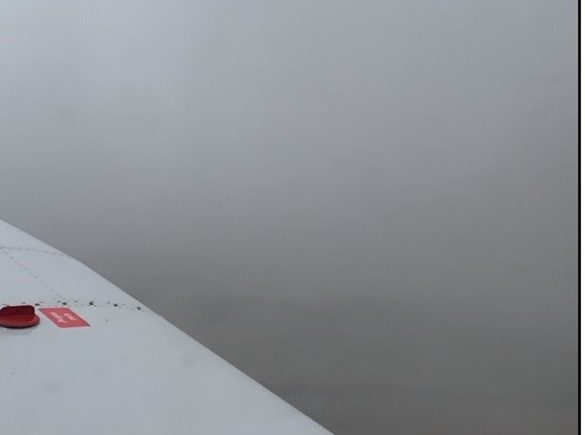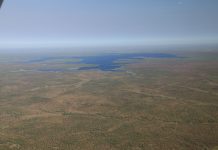A recent report from the Australian Transport Safety Bureau (ATSB) is a reminder that diligent weather planning is important for every flight in a VFR aircraft. It’s the story of an instructor and student who thought they had checked the weather but had missed the description of deteriorating conditions approaching their route.
When the aircraft entered cloud on its return to Warrnambool airport on the coast of western Victoria, the instructor took over. The instructor had a command instrument rating, but not much IFR practice in the past 11 months and the aircraft, with gyroscopic instruments for the left side only, was not certified for IFR. The instructor climbed to 4500 ft, requested assistance from air traffic control (ATC) and flew to Moorabbin, near Melbourne, where the weather and visibility were better.
No-one was harmed – this time – but as the ATSB says in its publication Accidents involving Visual Flight Rules pilots in Instrument Meteorological Conditions, about 1 in 10 encounters with instrument meteorological conditions (IMC) of cloud or darkness ‘results in a fatal outcome’.
The training flight had taken off from Moorabbin that midday; its landing at Warrnambool was a planned diversion by the instructor, for training. During their time at Warrnambool refuelling the aircraft, the weather worsened and the two pilots contacted the training organisation in Melbourne, which had advised them it was no problem for them to remain in Warrnambool overnight, if required. But the weather appeared to improve and, after checking the aerodrome weather information service, the instructor and student decided to depart.
From the report: ‘At the time of their arrival at Warrnambool, the aerodrome forecast (TAF) was forecasting the visibility to be greater than 10 km with scattered cloud at 3000 ft above ground level (AGL). However, at 1500 a forecast INTER4 was due to commence, with the visibility decreasing to 5000 m in showers of rain and the cloud cover increasing to broken and the cloud base lowering to 1000 ft AGL. The student pilot did not brief the instructor on deteriorating weather in the Warrnambool area which was forecast on the graphical area forecast and the instructor did not detect this omission.’
The weather worsened enroute and they diverted to Cobden Aerodrome, about 26 NM (50km) away. Even poorer visibility at Cobden prompted them to return to Warrnambool, where the instructor called ATC for help, after maintaining control of the aircraft in IMC.
Would you have done any better, or would subtle biases and perceived ambiguities between forecasted and visible conditions have influenced your decision in similar circumstances?






Interesting comment I suspect from the instructor that the “student pilot did not brief the instructor on deteriorating weather”. The instructor was PIC so it was his/her resposibility to check, ie read the damn weather report themself, the importance of being PIC is hammered home all the way through training and beyond, the real lesson here is do not take for granted anything someone tells you if the flight is your responsibility, especially if you are also training someone. The training pilot made a mistake, that’s human and accepting it and learning from it is OK but saying the student did not brief me is denying that they made an error which is not so good for the learning process.
There will always be VFR into IMC flights. Proper planing is only part of it, making a decision to return or divert early is the biggest issue. “we’ll go a bit further to get a better look”, that’s the sucker factor right there!
Tons of advice exists out there, there’s nothing more any of us can add, it’s been done to death, sometimes literally-(
If there is an option I would rather be on top and visual than in cloud or under a lowering cloud-base.
Same here with modern avionics its a much better and safer option than trying to stooge around under the cloud base like we did in the bad old days. That said caution and sensibility must always take a priority, in this case it seems the second take off should not have been an option.
As an instructor it’s critical to set the required standard for the student to achieve. In order to assess the competency of the students preflight planning the instructor should be fully conversant with all the weather and NOTAMS. This also applies to us all, if you short cut the process you will eventually get caught out. On another note, why was there a passenger on a training flight? The flight training organisation needs to reflect on their oversight as well.
Credit to the instructor for seeking assistance from ATC. Unfortunately many pilots are reluctant to do this.
VFR pilots need to be taught if they don’t have a clear horizon don’t go there. A simple rule which is all too frequently overlooked.